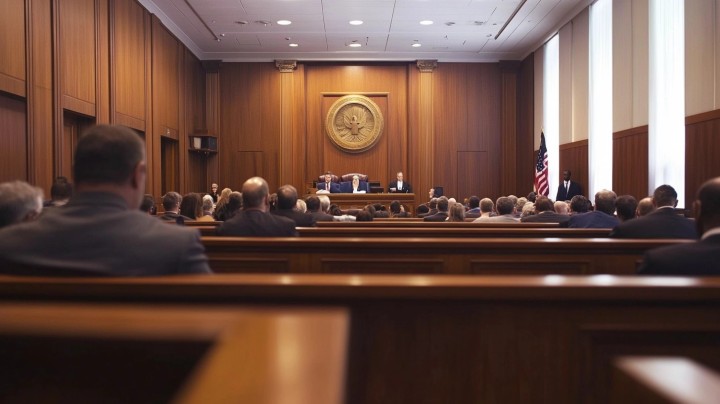Revoking a bail bond means that the court has decided to cancel the bail arrangement, resulting in the immediate re-arrest and detention of the defendant. Here are some key points to understand about the revocation of a bail bond:
Reasons for Revoking a Bail Bond
- Violation of Bail Conditions: If the defendant fails to comply with the conditions set by the court when the bail was granted, such as missing court dates, contacting victims, or committing new crimes, the court may revoke the bail bond.
- Risk of Flight: If there is a substantial concern that the defendant may flee and avoid trial, the court can decide to revoke the bail bond to ensure the defendant remains in custody.
- New Criminal Charges: If the defendant is charged with a new crime while out on bail, the court may view this as a breach of trust and revoke the bail bond.
- Failure to Appear in Court: If the defendant does not appear for scheduled court appearances, this is a direct violation of bail terms, often leading to revocation.
Consequences of Revoking a Bail Bond
- Re-arrest: Once a bail bond is revoked, a warrant for the defendant’s arrest is issued, and law enforcement will detain the individual.
- Forfeiture of Bail Money: Any money paid for the bail bond may be forfeited to the court, meaning it will not be refunded.
- Loss of Bail Bond Privileges: It becomes significantly harder to secure bail again. The court may either set a much higher bail amount or deny bail altogether in future instances.
- Legal Ramifications: Additional legal penalties can be imposed, including fines and extended jail time. It also negatively impacts the defendant’s standing in the current case and any future legal proceedings.
Process of Revocation
- Court Hearing: Typically, a court hearing is held where the reasons for revocation are presented. The defendant has the opportunity to contest the revocation.
- Judge’s Decision: Based on the evidence and arguments, the judge decides whether to revoke the bail bond.
- Enforcement: If revoked, law enforcement is tasked with apprehending the defendant and ensuring they remain in custody until the trial or further notice from the court.
Role of the Bail Bondsman
If a bail bondsman posted the bail, they are notified of the revocation. They may employ bounty hunters to locate and return the defendant to custody, as the bondsman becomes responsible for the full bail amount if the defendant is not apprehended.
Preventing Bail Bond Revocation
- Adherence to Conditions: Strictly follow all conditions set by the court, including appearing at all scheduled hearings.
- Maintain Communication: Stay in close contact with your attorney and bail bondsman to address any potential issues promptly.
- Avoid Legal Trouble: Do not engage in any activities that could result in new criminal charges.
Understanding the implications of bail bond revocation is crucial for anyone involved in the legal system. It emphasizes the importance of adhering to court conditions and maintaining a strong legal defense throughout the process.
[ninja_form id=6]







